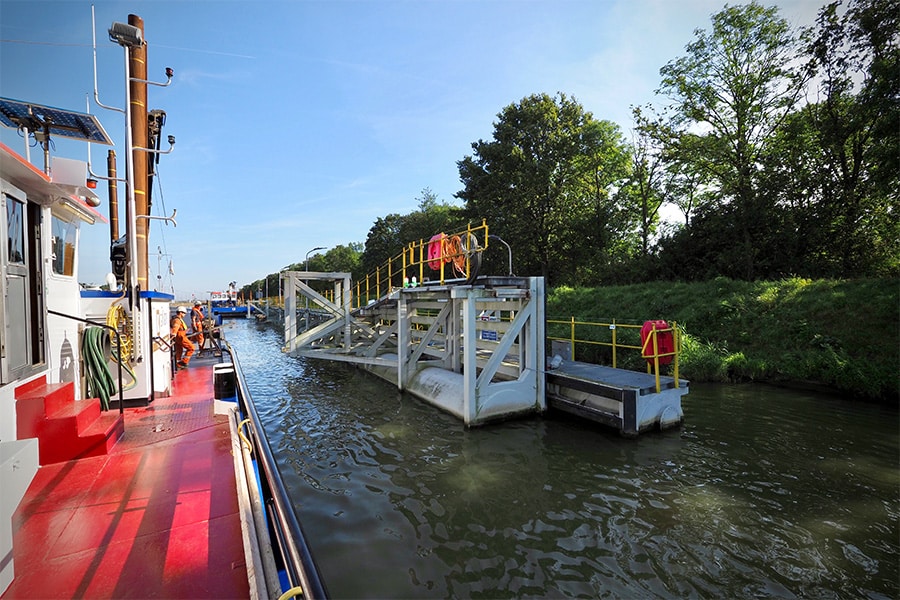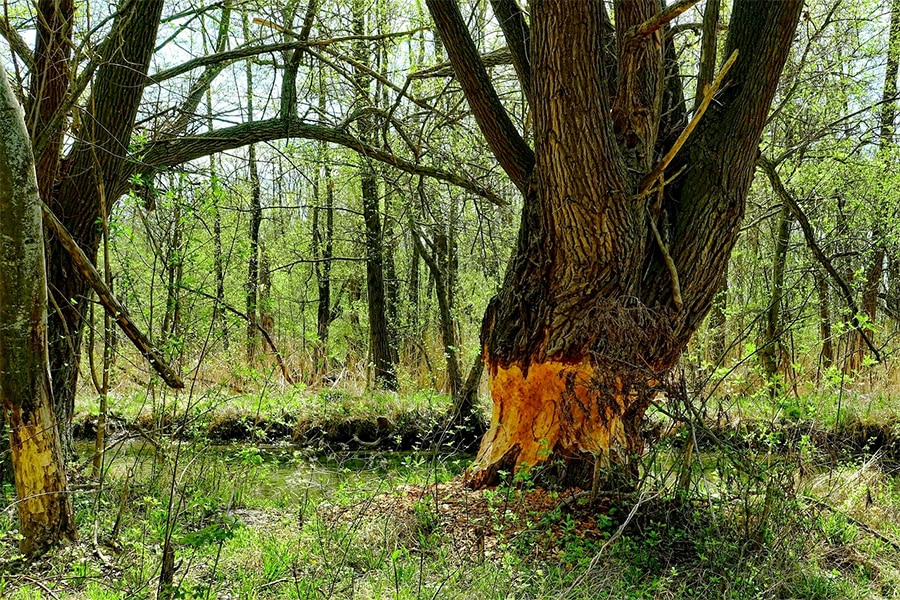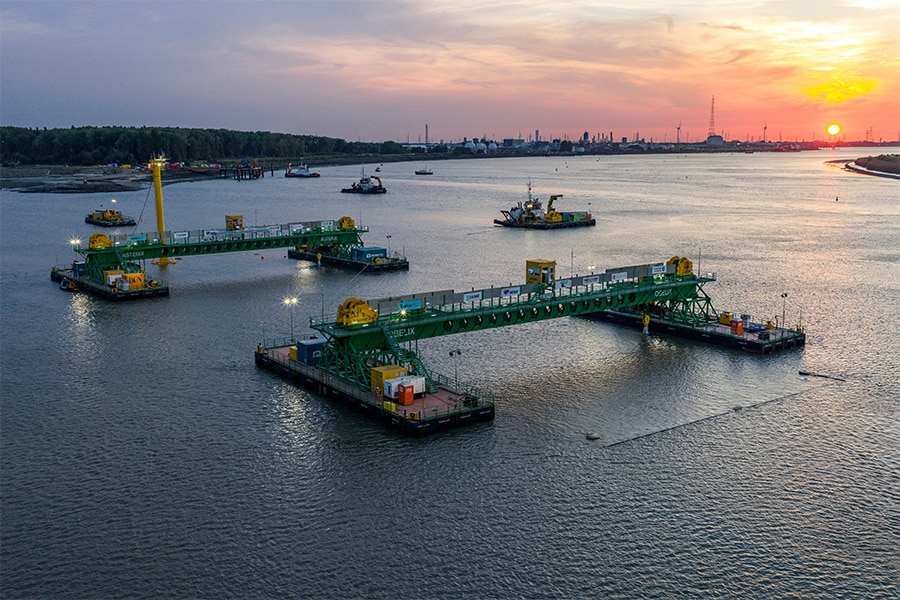
De Klerk Waterbouw dismantles brake works Julianakanaal
In three weeks, De Klerk Waterbouw removed the breakwaters of the Juliana Canal. Quite a job, considering the different lengths and types. But the biggest challenge was the site itself. During removal, no holes were allowed to be made in the canal bottom. How did De Klerk's team solve this? That's what Rolph Bolwerk, chief foreman at De Klerk Werkendam, tells us.
"The Juliana Canal is not unknown territory for us," says Rolph. "Back in the early stages, in 2013, we carried out various works to widen the canal where there was no room for a natural slope, ranging from pressing and vibrating sheet piling, and installing combi walls." Last year, De Klerk was again allowed to go into action. Commissioned by Van den Herik-Sliedrecht, the barrier works upstream at Born lock were dismantled and removed. Between request and execution of the work there were only seven weeks including the construction holiday. "Thanks to our experience in the field of brake works, the deployment of the right people and the fact that we were already familiar with the location, we completed this job within the time frame."
165 years
The Werkendam-based company has existed for 165 years and is a specialist in structural hydraulic engineering. From its various branches in Werkendam, Woudrichem, Amsterdam and Moerdijk, skilled and driven employees work daily on beautiful projects in the (sea) ports of Amsterdam, Vlissingen, Terneuzen and Rotterdam, among others. The subsidiary Labrujère in Middelburg is responsible for the mechanical engineering branch, as a result of which De Klerk offers a very extensive and complete range of services.

Without heavy lifting
The floating retaining structure in the Juliana Canal consists of 11 different parts, the longest of which is about 100 meters. "Only three sections are identical, the rest are all different sizes. Using pontoons and work ships, we removed individual sections afloat, because nothing is as light as floating material. This did not involve heavy lifting. We then attached the parts to the pontoon and sailed them through the lock where they are now temporarily on floating moorings. As soon as Van den Herik completes the work on the Julianakanaal, we will place the brake gear back in its proper place."
No holes in bottom
Point of attention was the positioning of the work vessel. Normally, De Klerk anchors spud poles in the bottom so that the work vessel remains firmly in place. Downstream, however, no holes were allowed to be made in the bottom of the Juliana Canal. "Here we opted for spud poles with a blunt tip to still give the work vessel some positioning. This will also be a point of attention again during the relocation, but both downstream and also upstream. In addition, the trick is to put the right braking part back in the right place to then be able to connect them together, especially since they are all different. In preparation for this, we drew up a plan for disassembly, numbering each part."
Unburdening
Rolph is very pleased with the cooperation with Van den Herik. "It is a special project and fantastic that we were allowed to work on it. Van den Herik is a no-nonsense company that is pleasant to work with and has given us the confidence from day one to carry out the assignment and to relieve them of their worries. Exactly what we are good at. Not for nothing, contractor since 1859!"
Heeft u vragen over dit artikel, project of product?
Neem dan rechtstreeks contact op met De Klerk Werkendam.
 Contact opnemen
Contact opnemen




